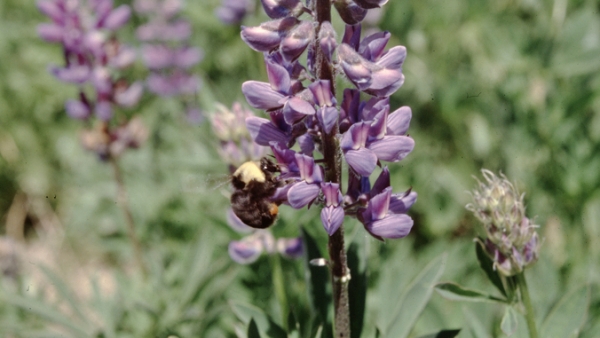A rare North American bumble bee may have been on a path toward extinction long before modern human impacts, suggesting that its long-term genetic vulnerability made it especially fragile and less able to cope with both past and current environmental stresses.
A rare North American bumble bee may have been on a path toward extinction long before modern human impacts, suggesting that its long-term genetic vulnerability made it especially fragile and less able to cope with both past and current environmental stresses. The findings of the new study were published in the Proceedings of the National Academy of Sciences on October 20, and co-authored by a University of Hawaiʻi at Mānoa researcher.
The study focused on the Franklin bumble bee, once found only in parts of Oregon and California and last seen alive in 2006. Using DNA extracted from museum specimens collected over the past 40 years, scientists reconstructed the species’ genetic history to understand why it disappeared.
They found that the bees had very low genetic diversity and signs of inbreeding that dated back thousands of years. Population declines began during a glacial period and worsened in recent centuries, and may have been influenced by natural stressors such as drought and wildfire. Contrary to earlier hypotheses, researchers found little genetic evidence linking disease or pesticide exposure to the bee’s disappearance.
Read More at: University of Hawaii
A rare image of a live Franklin bumble bee on lupine at Mount Ashland, Oregon, captured in 1998 by the late Robbin W. Thorp. (Photo Credit: Lynn Kimsey of UC Davis)




